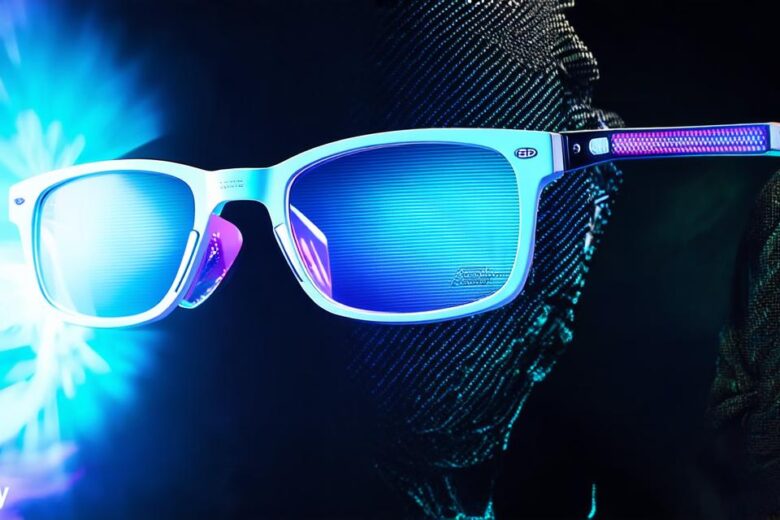Augmented reality (AR) is a technology that enhances real-world environments with digital elements, creating immersive and interactive experiences. AR videos are one of the most popular ways to showcase AR content, as they allow users to experience the magic of AR in a dynamic and engaging way.
Understanding the Basics of Augmented Reality Videos
Before we dive into the technical aspects of creating an AR video, it’s important to understand what makes AR videos unique. Unlike traditional videos, AR videos use markers or image recognition technology to overlay digital elements onto the real world. This allows users to interact with the content in a more immersive way, as they can see and touch the digital elements as if they were part of the real world.
To create an AR video, you’ll need to choose a platform or tool that supports AR development. There are many options available, including Unity, Unreal Engine, and ARKit. Once you’ve chosen your platform, you’ll need to create a scene that includes markers or image recognition triggers. These markers will be used to trigger the AR experience, allowing users to see the digital elements when they point their device at the marker.
Creating an Engaging Augmented Reality Video
Now that you have the basics down, let’s take a look at how to create an engaging AR video. Here are some tips to get you started:
-
Start with a clear concept: Before you begin creating your AR video, it’s important to have a clear idea of what you want to achieve. What is the purpose of your AR video? What message do you want to convey? Answering these questions will help you create a focused and engaging video that resonates with your audience.
-
Use real-world elements: One of the strengths of AR videos is their ability to blend real-world elements with digital content. Consider using real-world objects or locations as markers for your AR experience. This will create a more immersive experience, as users will feel like they are interacting with the real world in a new and exciting way.
-
Keep it simple: While AR videos can be incredibly complex and visually stunning, it’s important to keep things simple. Don’t overwhelm your audience with too much information or too many special effects. Stick to one or two key messages, and use visual cues to help guide the user through the experience.
-
Test and iterate: Creating an AR video is a process of trial and error. Don’t be afraid to test different concepts and approaches, and don’t be afraid to make changes based on user feedback. By continually testing and refining your AR video, you can create a truly engaging and effective experience.
Case Study: IKEA’s Place App
IKEA’s Place app is a great example of an AR video that successfully engages users and conveys a clear message. The app allows users to see how furniture and decor items would look in their home before making a purchase. By using real-world elements as markers, the app creates an immersive experience that helps users make more informed decisions about their purchases.
The app also uses simple visual cues to guide the user through the experience. When a user points their device at a marker, they are presented with a selection of furniture and decor items that would fit in the space. The user can then move and rotate the items to see how they look and feel in the room. If the user decides to purchase an item, they can easily add it to their shopping cart and continue browsing.
Another example of an engaging AR video is the Nike HyperReact app. This app allows users to try on different pairs of shoes virtually in real-time, using their device’s camera to create an AR experience. Users can see how the shoes look and feel on their feet, and can even adjust the lighting and environment to make the experience more personalized.

Creating an engaging AR video requires careful planning and attention to detail. By starting with a clear concept, using real-world elements, keeping things simple, and testing and iterating throughout the process, you can create a truly immersive and effective AR video that will captivate your audience and leave them wanting more.
